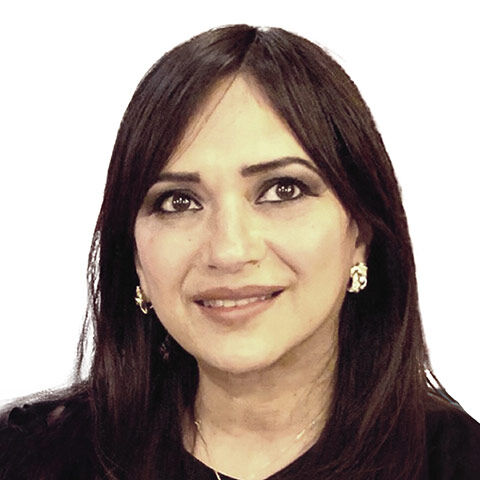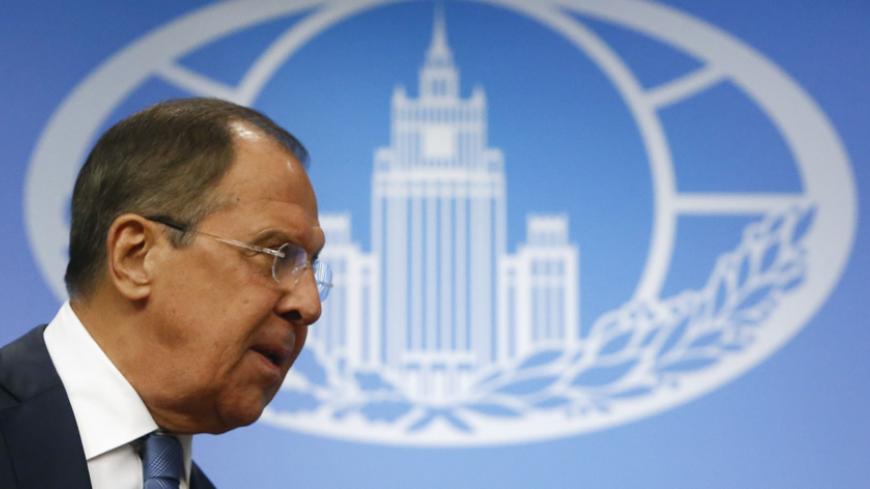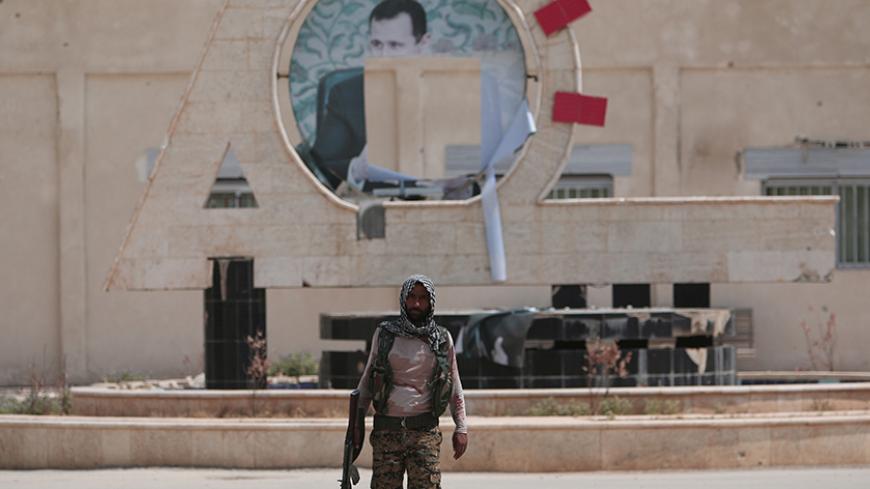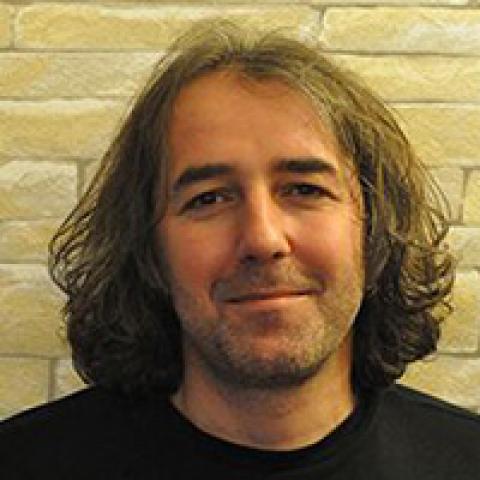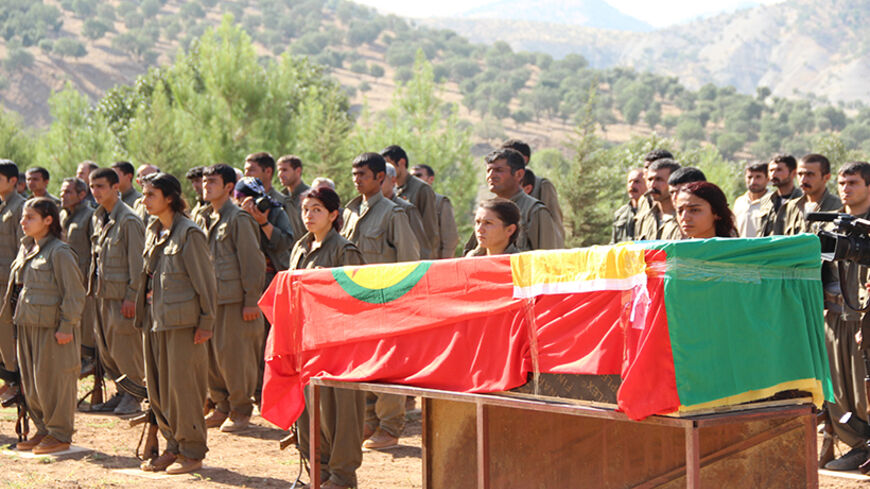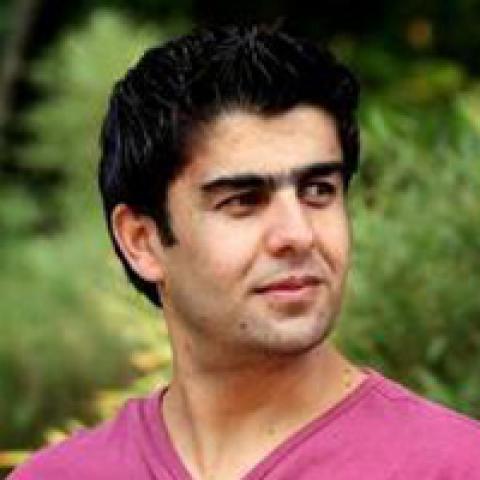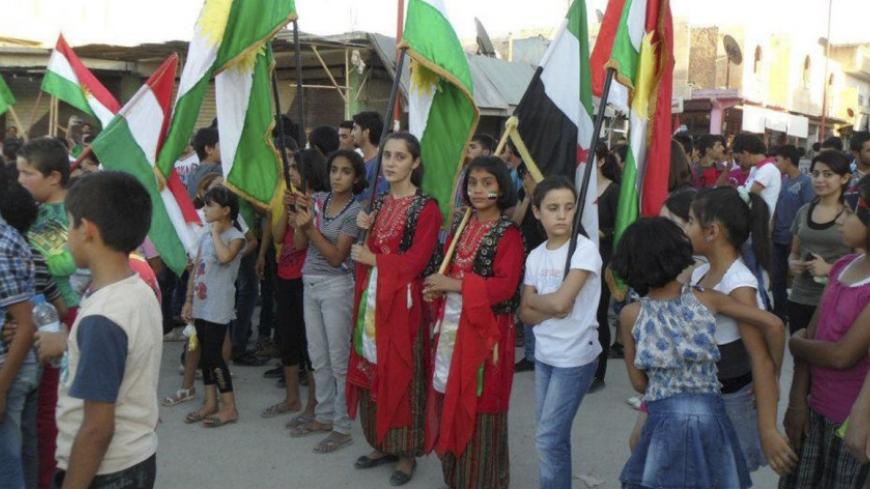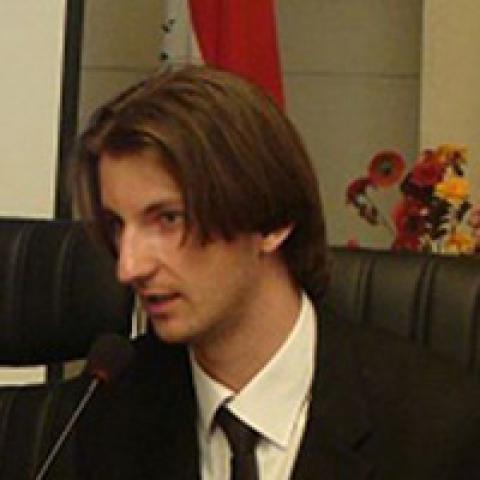Hope and fear for Syria's Kurds
In the first of a new series of long-form, in-depth articles, Al-Monitor traveled to the northeastern Syrian town of Derik to explore the transitional and often contradictory nature of the Kurdish-administered territory still commonly called Rojava.

“What happens when a black rat mates with a white rat?” The question prompted nervous giggles in a classroom in northeastern Syria. A dark-haired girl in a white hijab hazarded a guess: “All their babies will be born black."
Of the 23 teenagers attending the evening biology prep course at Taleyah lycee in the town of Derik, only three are boys. “Most boys their age are either fighting Daesh or have fled the country,” teacher Shiwan Jamil explained during a brief pause in the lesson.


